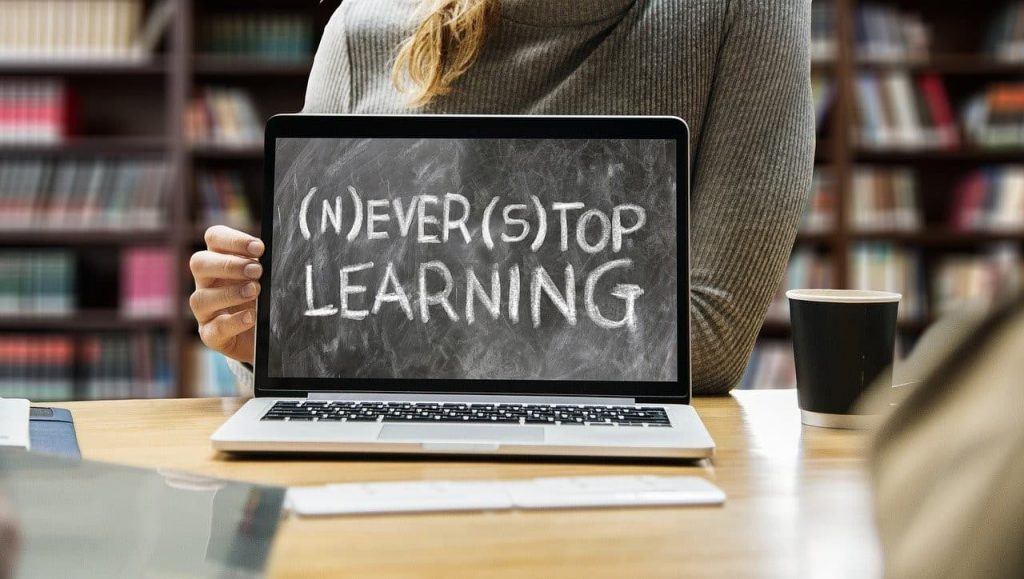How Online Classes Becoming The New Norm Social Disparity
In an effort to curb the spread of the Coronavirus, the vast majority of communities have been closed down to at least some extent. Most businesses have closed temporarily, jobs have been suspended or moved to remote work, and schools have halted in-person classroom sessions. Considering the fact that there seems to be no end in sight to the pandemic, and quite possibly, a second wave might even hit, we might need to consider the real possibility that online education might become the new norm.
A Forced Change
Almost no one expected a pandemic as devastating as COVID-19 to suddenly arrive and have this much of an effect on the education system. A few months before the CoronaVirus became a full-blown global pandemic, the majority of people did not know the extent of the danger that it posed. During the first few weeks, over 421 million children were affected by school closures. Lockdowns were implemented. A week became several weeks, a month became three months, and now, the reality becomes apparent that we need to adapt to these circumstances. While a good number of universities have remodeled their frameworks to accommodate online learning, the difficult truth lies in how not all of their students have the means to pursue online learning.
Technology As A Necessity Rather Than A Tool
The main problem with online classes lies in the fact that we need technology to successfully establish online education. These pieces of tech are not available to everyone and this is where the disparity between social classes becomes further exacerbated.
The very heart of classroom learning lies in providing the studentry with a level playing field upon which external factors, such as socio-economic class, do not hold influence over a student’s ability to perform.
By shifting to an online education model, we would be depriving students who do not have the resources to secure the necessary equipment of the level playing field that a classroom setting provides. We would be making the education system restrictive as opposed to its intended inclusive nature. What’s truly sad about this is that online education is also the best alternative we currently have.
What Can We Expect After COVID-19?
The virus is only temporary. As hopeful as that may sound, there is truth to it considering the fact that we’ve weathered much deadlier pandemics in the past. But, we can’t overlook the fact that we can’t exactly foretell how much longer we need to endure. For now, we can only work with what we have, even when it’s a hard truth to accept that some students, those who aren’t well-equipped for online learning, might lag behind.
A Temporary Setback
Yes, despite these issues raised, there are reasons to be optimistic for the future of education. There are a few changes to the education system that are going to be welcome changes to a system that has stayed traditional, unchanged, and near obsolete for so many generations.
It’s about time we’ve broken the traditions of limiting learning only to classrooms. The fact that we’ve been able to rely on remote learning for the past three months speaks as much. This, coupled with the fact that we are bordering on a significant technological leap in the forms of artificial intelligence, machine learning, 5G, and the Internet of Things entails that we need to change our old ways in order to make maximum use of these technologies.
Blended Learning
The true value of remote learning is not in its function as an alternative method of learning, but rather, that it is an effective complement to traditional learning. The greatest benefits of remote learning is that it will enable students to learn on their own at home. This not only encourages self-learning, but it also teaches students to ask the right questions.
This is especially important for topics that require a learner to apply the lessons in real scenarios. For example, it’s difficult to learn a new language at a standardized pace in the classroom because one interaction is not enough to sufficiently understand a concept of language. Online resources like this Language Course Provider will give students access to learning material and learning opportunities beyond that of the classroom setting.
With blended learning, learners can take more control of their pace in the classroom because they have access to material even outside of classroom hours, which allows those who aren’t able to keep up in the classroom, to catch up at home.

